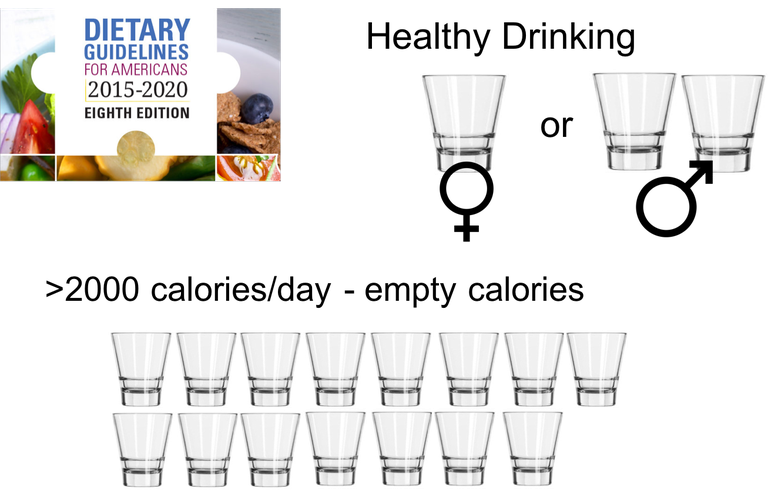Alcohol & Nutrition
Alcohol and nutrition can interact at multiple levels. For example, alcohol metabolism can result in the generation of reactive oxygen species, which can deplete endogenous nutritional antioxidant stores and contribute to oxidative stress. Heavy alcohol consumption also can cause poor intestinal absorption of certain nutrients (e.g., zinc) or increase nutrient losses (e.g., by increasing zinc and magnesium excretion in the urine). Moreover, nutrition can have a far-reaching impact through altering epigenetic mechanisms, such as methylation and acetylation of DNA and associated proteins. Finally, the degree of alcohol-related malnutrition can be associated with the severity of organ injury (e.g., alcoholic hepatitis).

From a nutrition perspective, alcohol is a significant source of calories, but these can be considered to be “empty” calories—that is, they contain few micronutrients, such as vitamins and minerals, normally found in most food sources. Moderate or Health Drinking is considered to be no more than one standard drink/day for women or no more than two standard drinks/day for men. Recent studies from our group have shown that alcoholics, without major liver disease, admitted to a treatment program and patients admitted to the hospital with moderate or severe alcoholic hepatitis were drinking about 15 drinks/day, or >2000 calories with little or no nutritional value.
Thus, the interactions between nutrients and alcohol are complex. The University of Louisville Alcohol Research Center is the only NIAAA-funded Alcohol Research Center in the U.S. with nutrition as a focus. A recent publication from the ULARC reviews these interactions [Barve S, Chen S-Y, Kirpich I, Watson WH, McClain CJ. Development and Prevention/Treatment of Alcohol-Induced Organ Injury: The Role of Nutrition. Alcohol Research: Current Reviews 201738(2):289-302].
